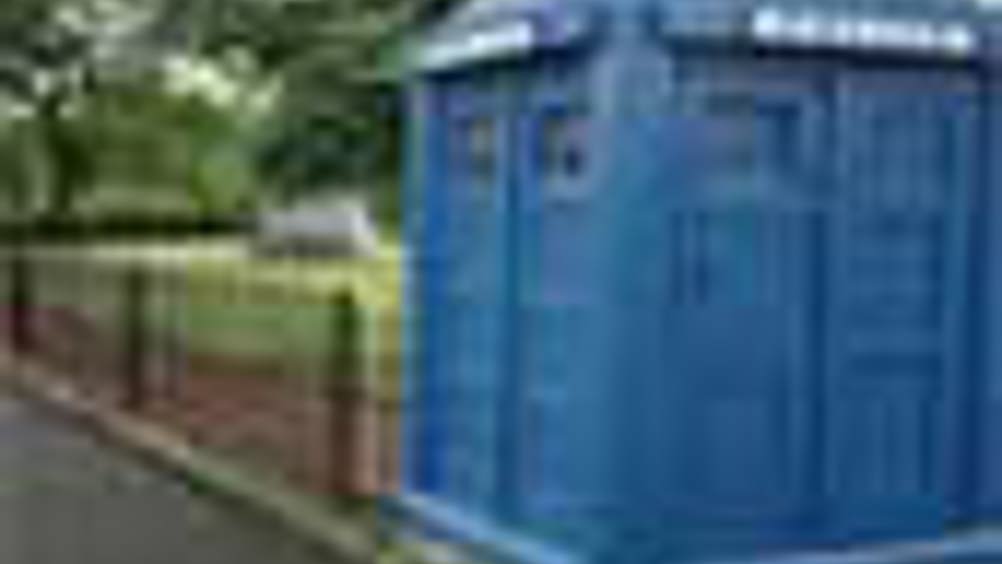Black box for cars

A black box for cars can automatically alert emergency services in the event of an accident, giving details of a vehicle’s location and the health of its occupants.
Developed over three years by 10 partners under the European Commission’s IST programme, the so-called AIDER system comprises an impact-resistant black box hooked up to a plethora of sensors.
The box itself contains a processing unit, flash memory and a mobile communications system that incorporates GPS tracking. Data is fed to it from an exterior front-mounted camera, a 360º degree camera inside the vehicle, mechanical sensors on the front, sides and back to register impact, and biomedical sensors connected to the occupants.
If an accident happens, data and low-resolution video footage is automatically sent via the General Packet Radio Service (GPRS) to a control centre. Operators can also remotely obtain additional information such as higher resolution video images of the exact moment that the accident occurred.
Register now to continue reading
Thanks for visiting The Engineer. You’ve now reached your monthly limit of premium content. Register for free to unlock unlimited access to all of our premium content, as well as the latest technology news, industry opinion and special reports.
Benefits of registering
-
In-depth insights and coverage of key emerging trends
-
Unrestricted access to special reports throughout the year
-
Daily technology news delivered straight to your inbox










Water Sector Talent Exodus Could Cripple The Sector
Well let´s do a little experiment. My last (10.4.25) half-yearly water/waste water bill from Severn Trent was £98.29. How much does not-for-profit Dŵr...